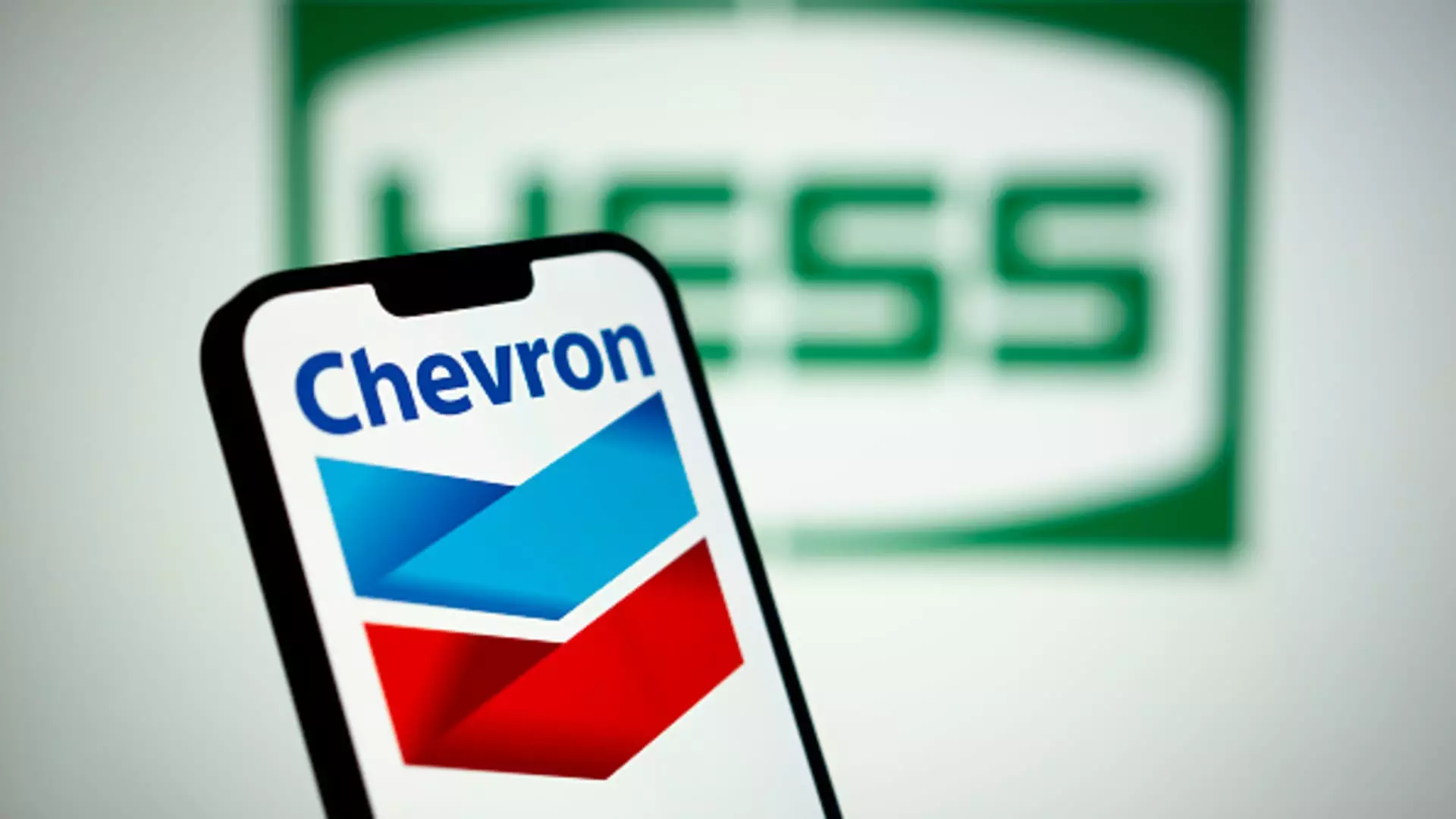Chevron has emerged from its third quarter with mixed results, meeting and exceeding some expectations while grappling with a notable drop in profitability. The energy giant reported earnings per share (EPS) of $2.51, surpassing analyst predictions of $2.43, alongside revenues of $50.67 billion, also beating an estimate of $48.99 billion. However, these positive indicators are juxtaposed against a stark decline in net income, which fell by 31% year-over-year to $4.49 billion. This discrepancy highlights the dual realities facing Chevron: a commendable ability to generate revenue but a declining profit margin that signals underlying challenges within the oil market.
In a display of confidence, Chevron returned a remarkable $7.7 billion to its shareholders in the form of dividends and share buybacks, solidifying its reputation as a shareholder-friendly company. Yet, this generous return is overshadowed by a backdrop of decreased revenues, which have now slipped by 6% from the previous year. The primary culprit for this downturn appears to be diminished margins on refined products and fluctuating global oil prices. Such economic factors demonstrate the volatile environment within the energy sector, where external pressures can significantly impact profitability.
Chevron’s strategic response to these challenges involves a thorough evaluation of its asset portfolio. With planned asset sales in regions like Canada, the Congo, and Alaska, the company aims to streamline operations and enhance efficiency. These divestitures are indicative of a broader shift in strategy to optimize resources in light of economic fluctuations. Additionally, Chevron has initiated cost-reduction initiatives targeting $2 billion to $3 billion by the end of 2026, reflecting a proactive approach to strengthening its financial resilience for the years ahead.
Producing 3.36 million oil-equivalent barrels per day marks a significant 7% increase compared to the same quarter last year, largely spurred by record output in the Permian Basin. This boost in production underscores Chevron’s capabilities but contrasts starkly with its stock performance for the year, which remains largely flat and lags the broader S&P 500 energy sector. As the company maneuvers through a potential $53 billion acquisition of Hess, uncertainties loom large. The Federal Trade Commission’s lengthy review process and ongoing disputes with Exxon Mobil about Hess’s Guyana assets introduce an air of unpredictability into Chevron’s future.
Chevron’s third-quarter results paint a picture of a company at a crossroads. While it has shown resilience in generating revenue and returning cash to shareholders, the substantial decrease in profit alongside significant strategic transitions raises questions about its long-term trajectory. As the global energy landscape evolves and challenges persist, Chevron’s ability to adapt and optimize its operational structure will be crucial in maintaining its competitive edge and ensuring sustainable growth.

